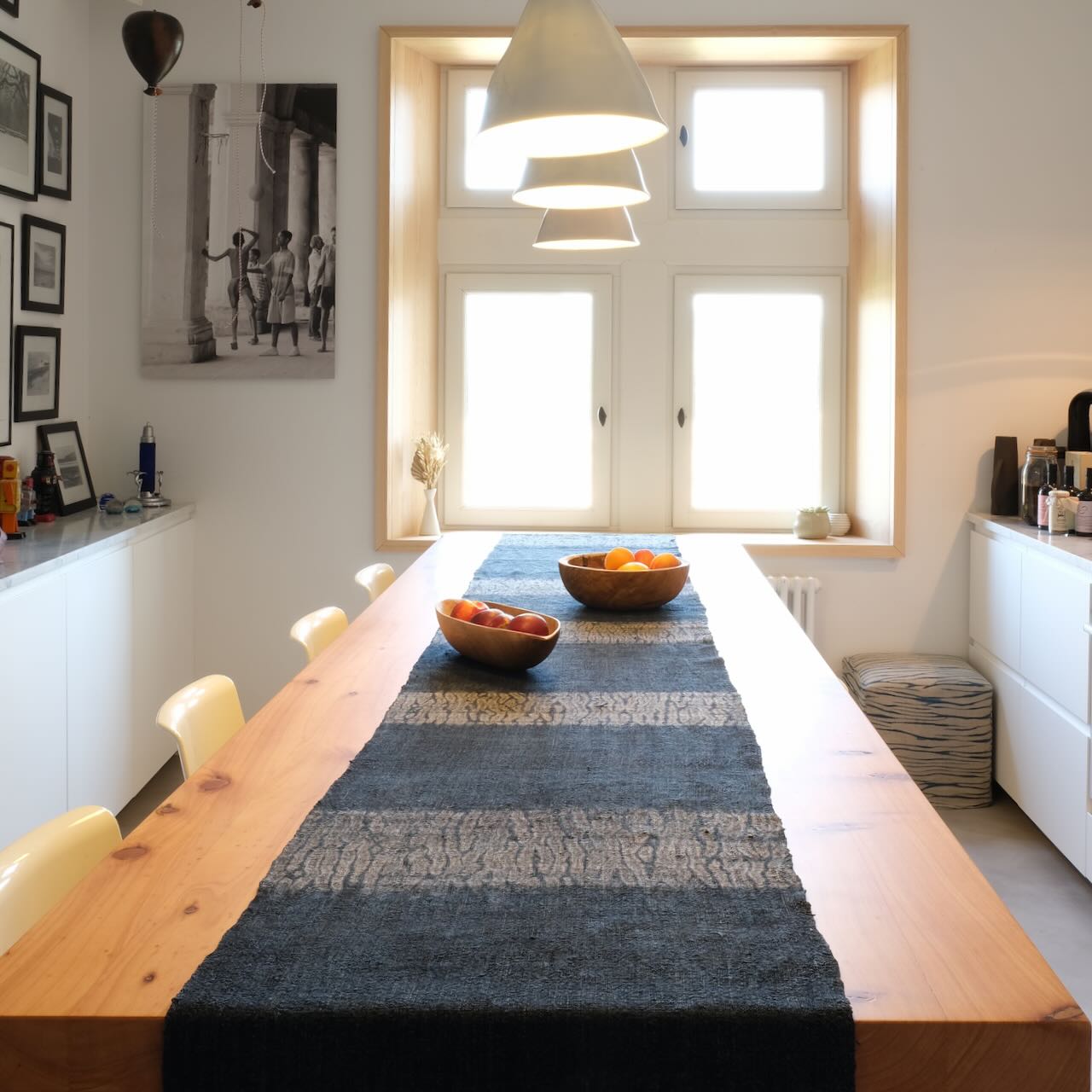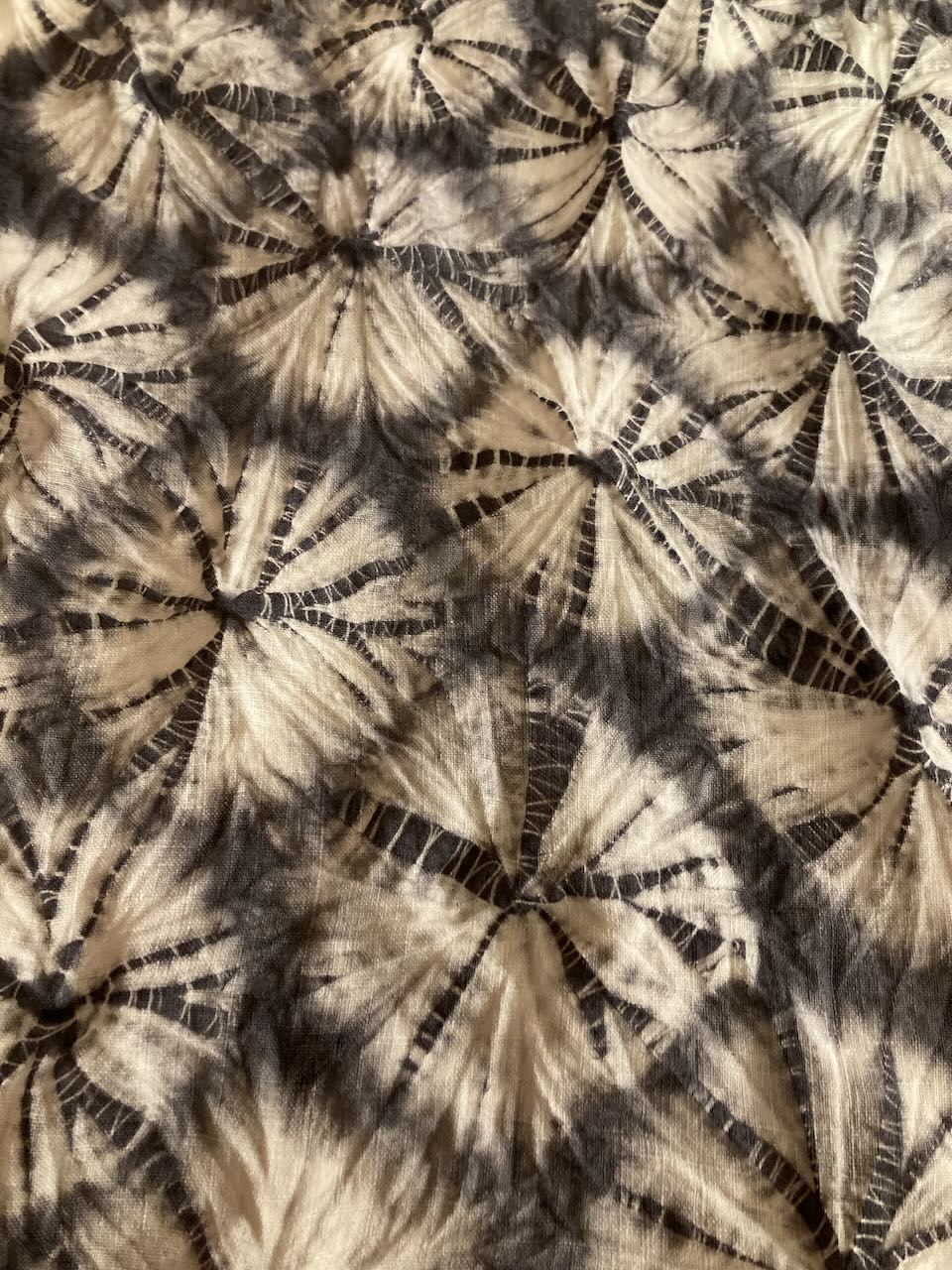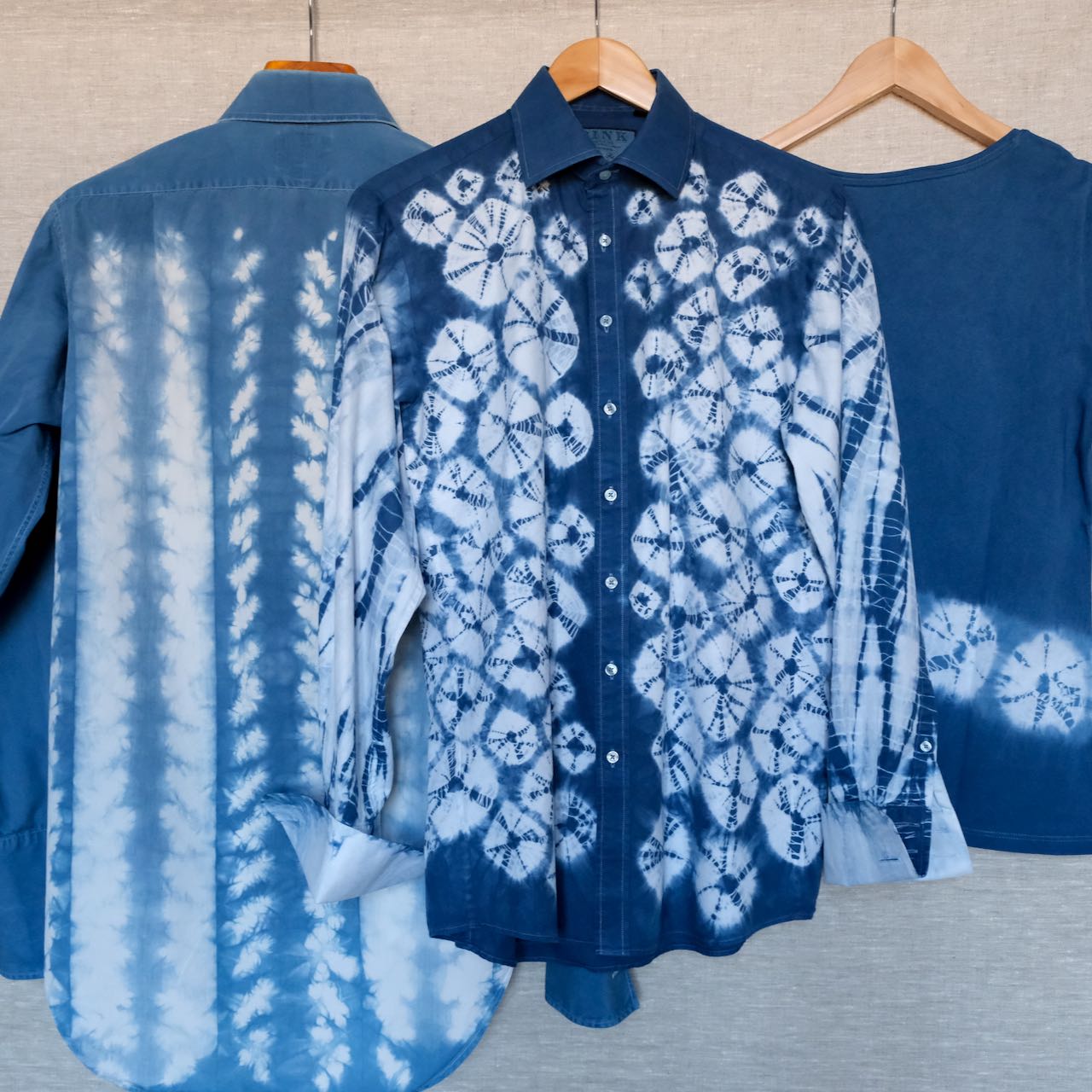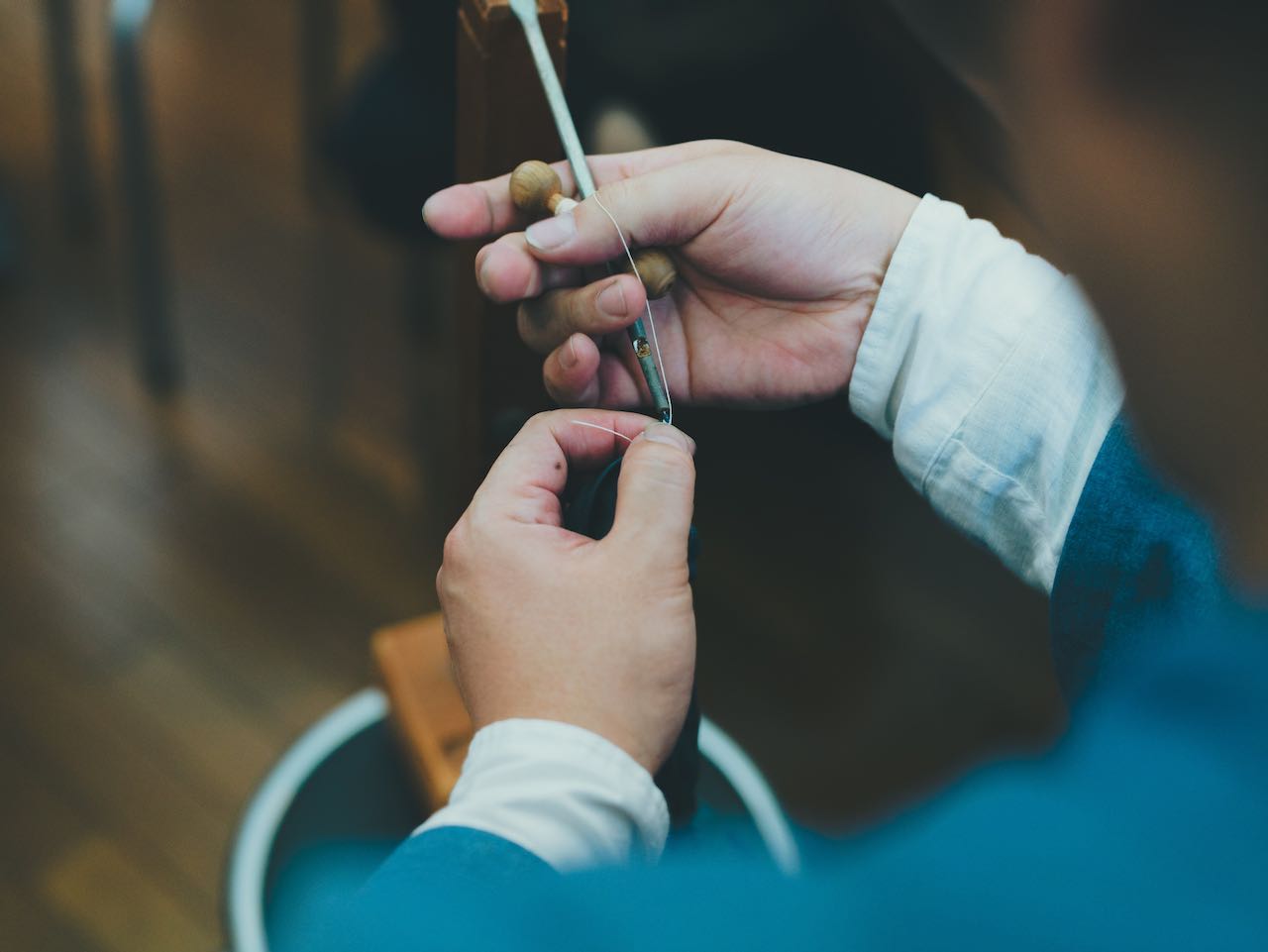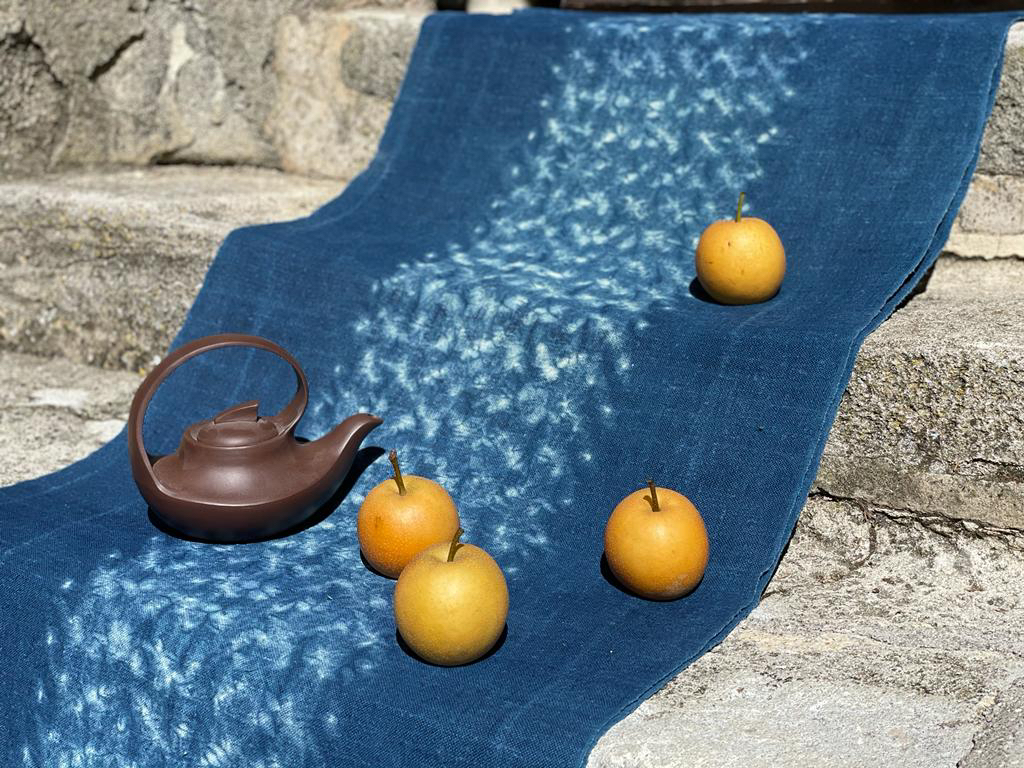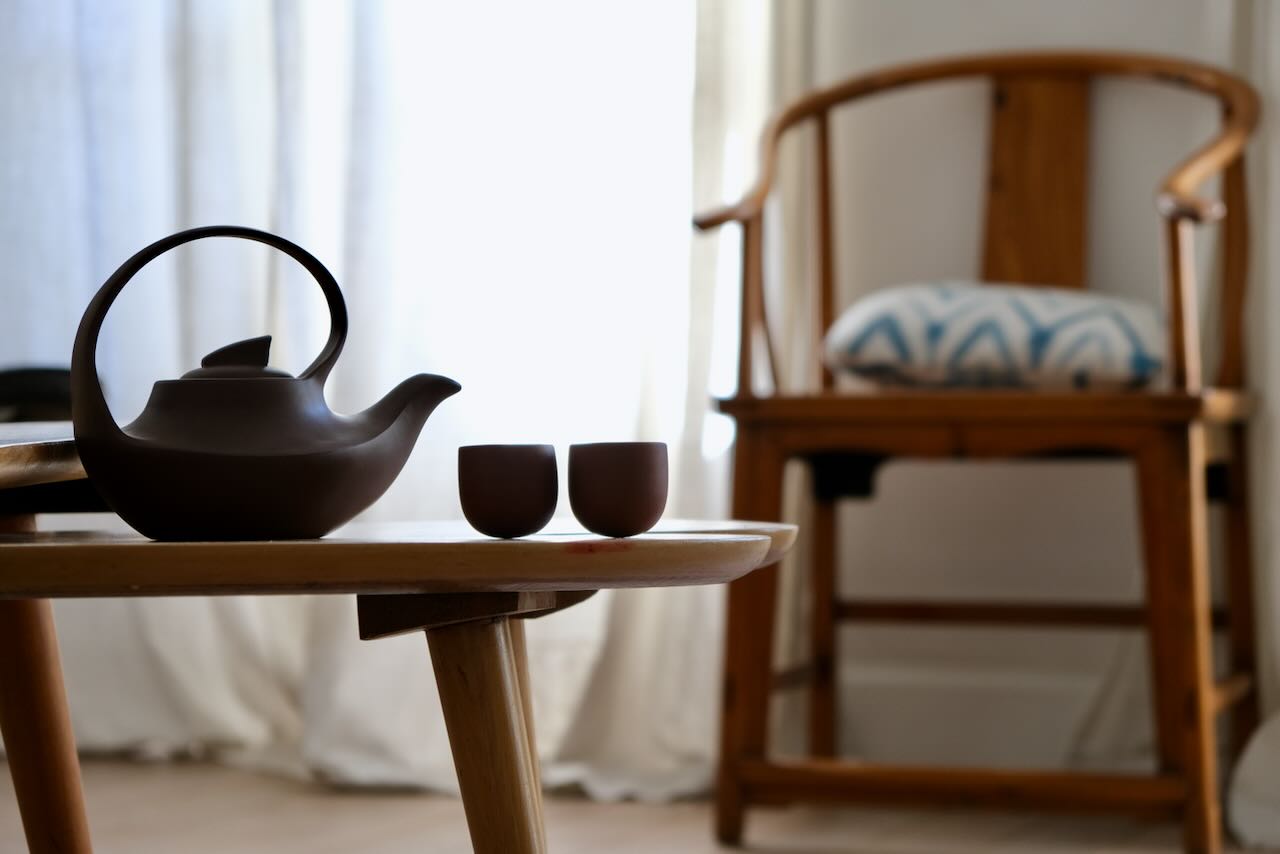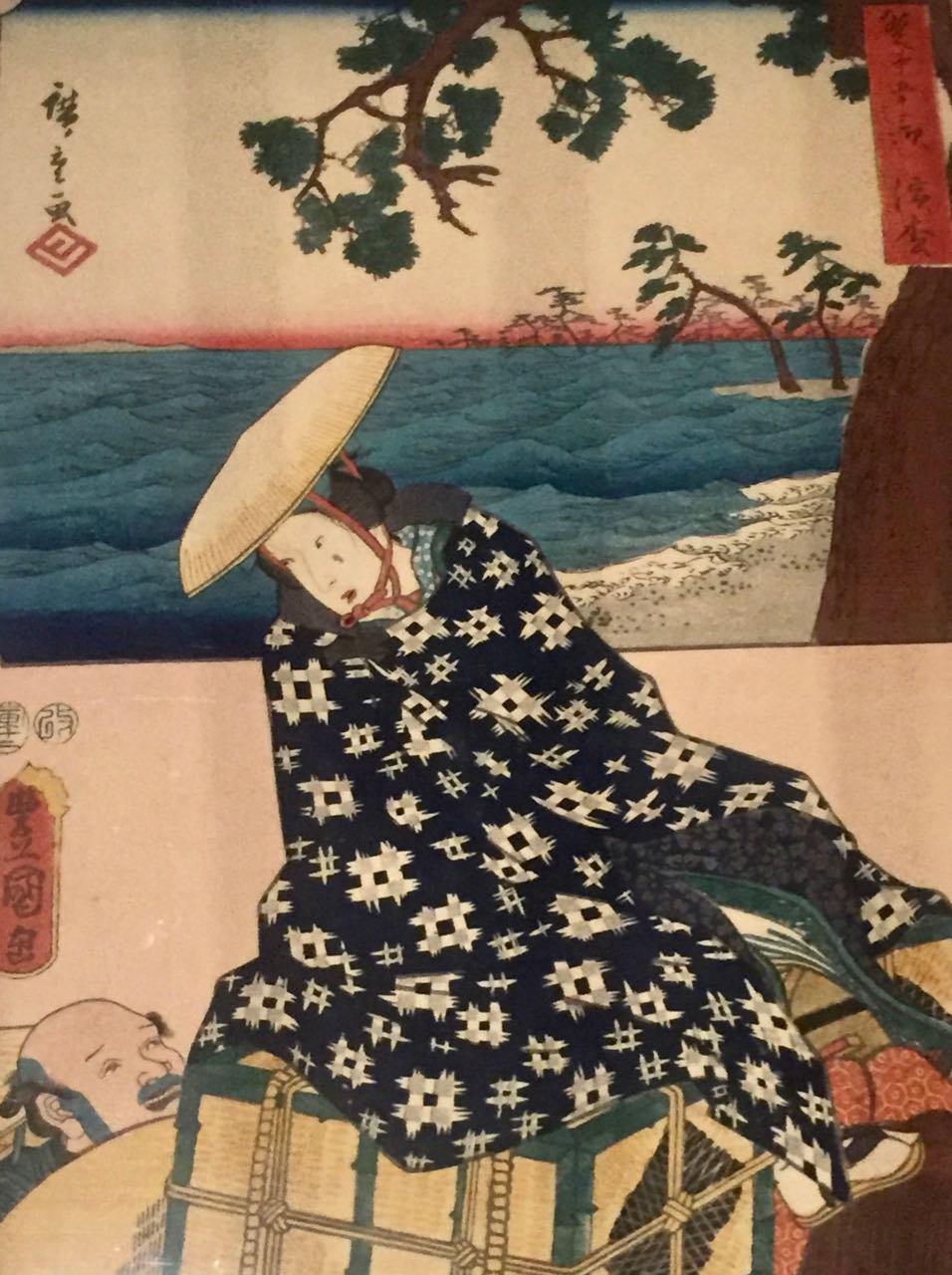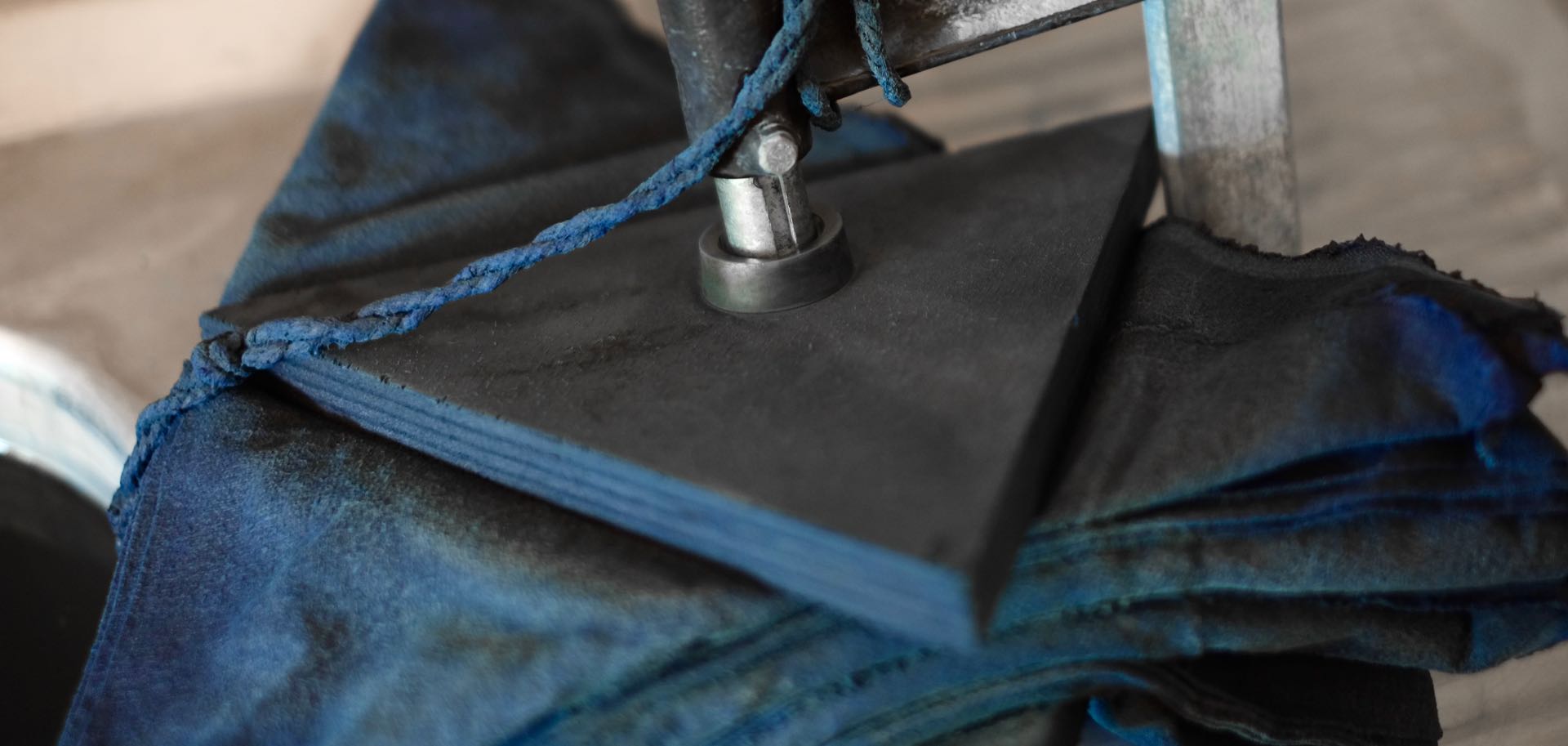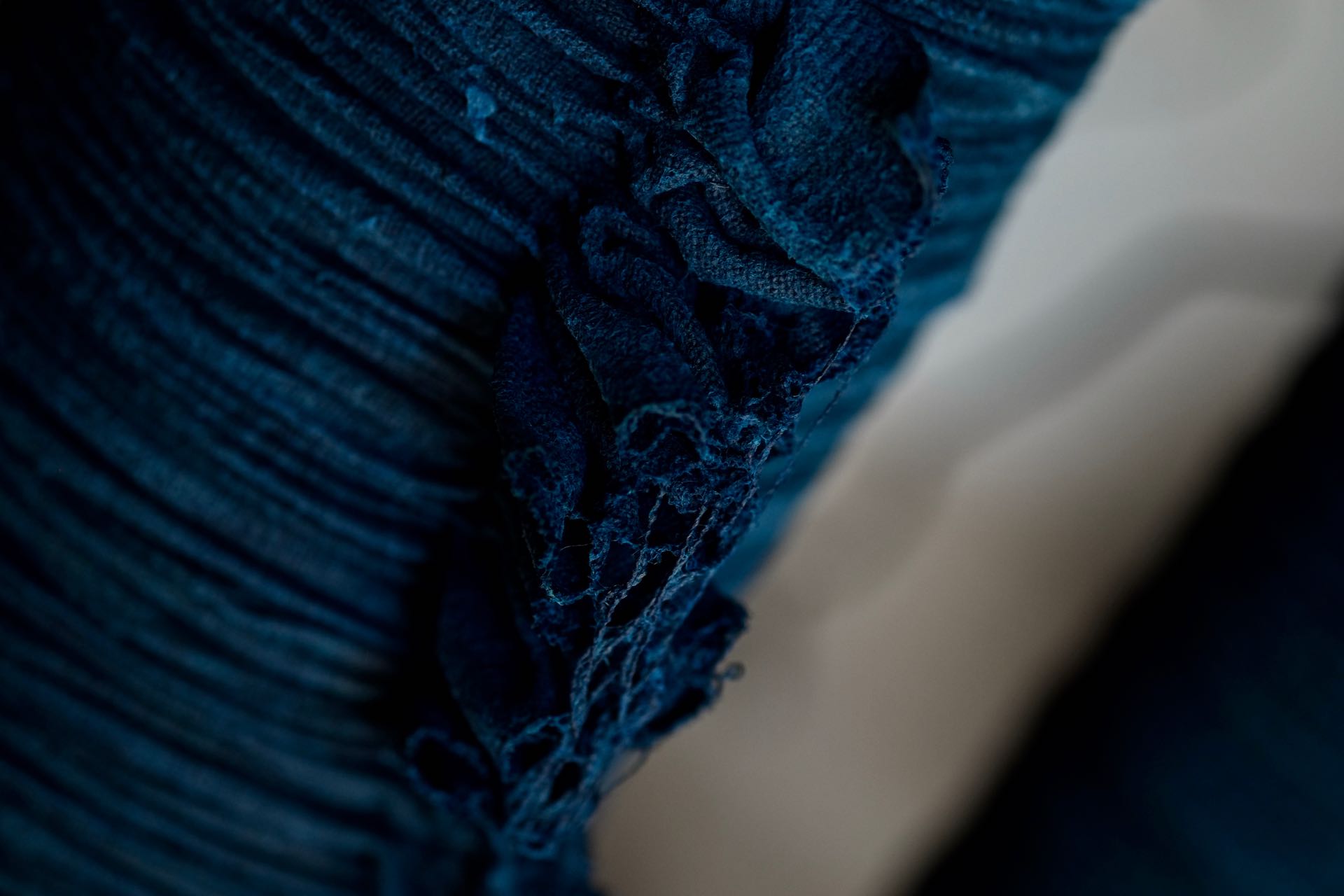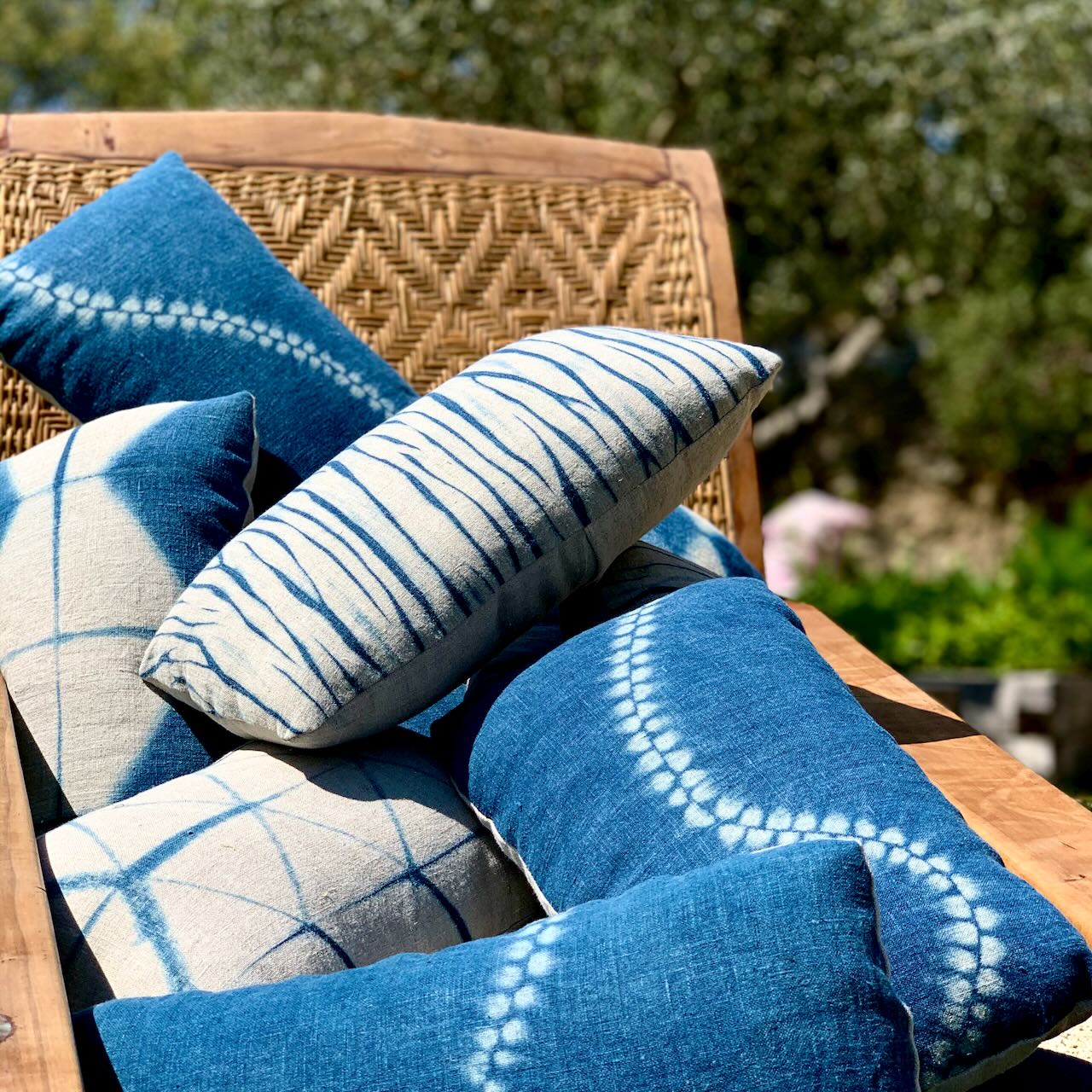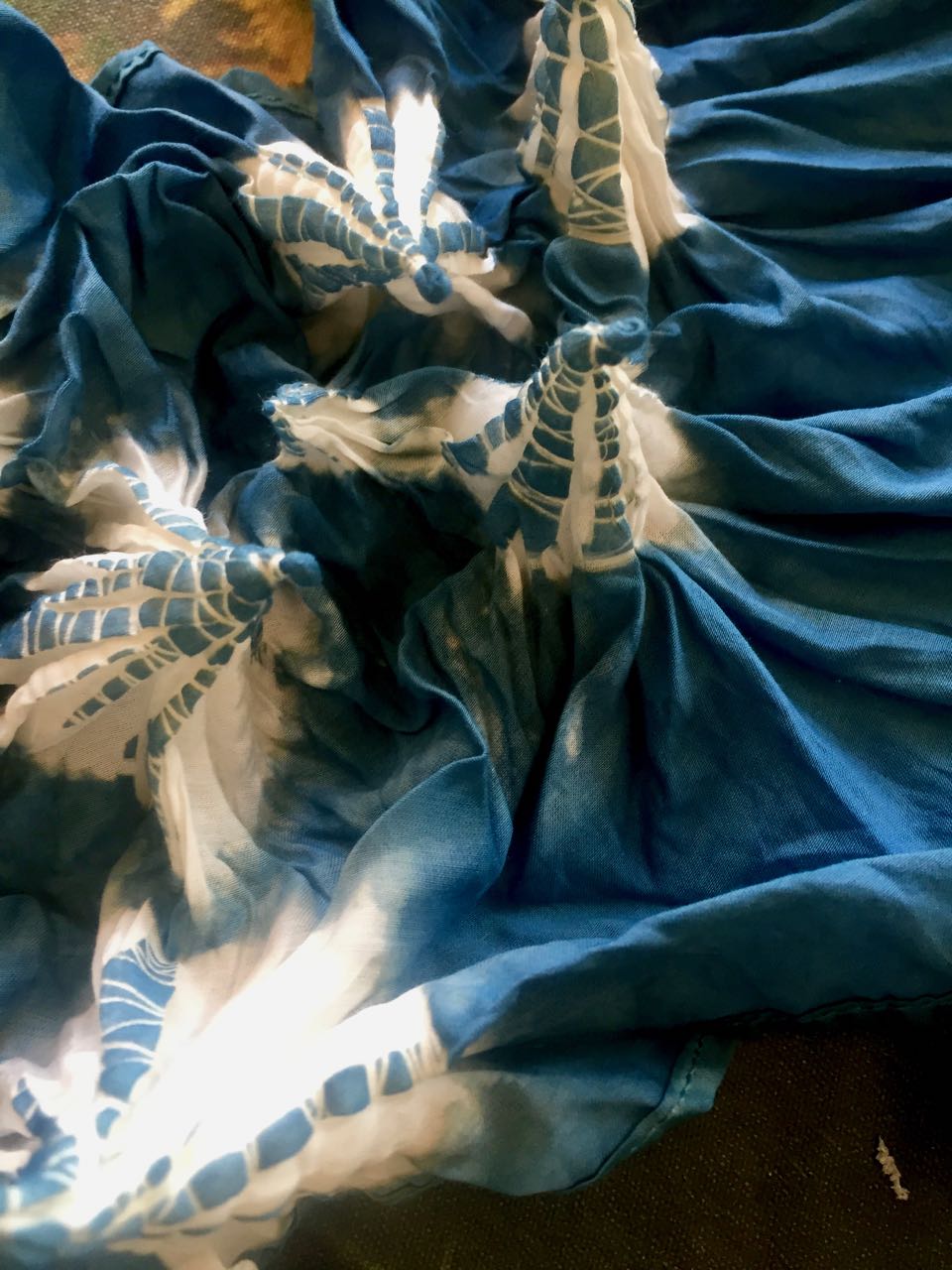I love this pattern, it's irregular regularity and strong contrast. Every line is made by squeezing the fabric in small folds. Those folds are created by small stitches running perpendicular to the lines. A very long process, but once the rhythm is found, I love the...
Shibori
Tegumo shibori
Tegumo shibori is a type of tied resist developed in Arimatsu, Japan, where I had the chance of training with master Kuno-san from Kuno Studio (see blogpost in process here) During the Edo period, the busy Tokaido route saw the flourishing of trade. Arimatsu's...
Upcycling
It all started as a whim, a wish to cover up a stain on an old favourite linen skirt... and it ended up being a great idea! Soon, one of my clients was asking me to upcycle her lovely white linen dress. Upcycling beloved items of clothing to cover up stains, or...
Shibori-zome, Kuno Hiroaki
Part 3 of a 3 parts training trip to Japan by Tinctoria, November-December 2023 I had the chance of meeting Hiroaki Kuno a few years ago when he came to train us in shibori-zome over a week-end at Couleur Garance. As you those who have been following my work would...
More shiboris
A fun shooting on the stone stairs of our place in Vaison-la-Romaine, in the heart of the medieval town, where I open the showroom upon appointment. All photos are linked to their respective product or category By the pool at La Baye des Anges where I dye the linen...
Bye Marseille
After over a decade of living in Marseille, we left a piece of our hearts there when moving out. All photos are linked to their respective product or category
Sur la route du Tokaido @ Musée Guimet
It seems as I haven' really come back from Japan... keep looking for indigo everywhere! On a busy day in paris, I managed to stop at the Musee Guimet to catch an exhibition showcasing a flurry of etchings from the famed Tokaido route. The Tokaido is the east...
Itajime shibori
Itajime shibori is another reserve technique used to create patterns. This time the fabric is folded and pressed between two pieces of wood. The folds, along with press placement, lead to a variety of patterns. I am always in awe with the magic of those geometric...
Arashi shibori
The Arashi pattern is created by tying a piece of cloth very tightly around a cylinder and then crumpling down the fabric to form little creases. It is one of the numerous reserve techniques used in Japan grouped under the shibori term. The tradition was to use a very...
Back from Tokushima
In Septembre 2019, along with a group of fellow natural dyers conducted by Leaf organisation (now Tinctoria), we had the incredible chance to attend a 10 day class at Buaisou where along with putting together a Sukumo based indigo vat, we also practised several...
Aizumi-cho historical museum
Another perl in our awesome trip organised by @leafLuberon around the indigo course at Buaisou Set in the former house of a major indigo merchant, this museum traces the history of indigo production, and use: from seed to fabric. The exquisite miniature scenes are a...
Arimatsu Shibori, from tradition to innovation
Was very lucky to attend a workshop with Kuno Hiroaki organised by Couleur Garance. His enthusiasm about traditional indigo shibori and the way he envisions it's transposition into a XXIe century sustainable and modern production is very inspiring. We trained in...

